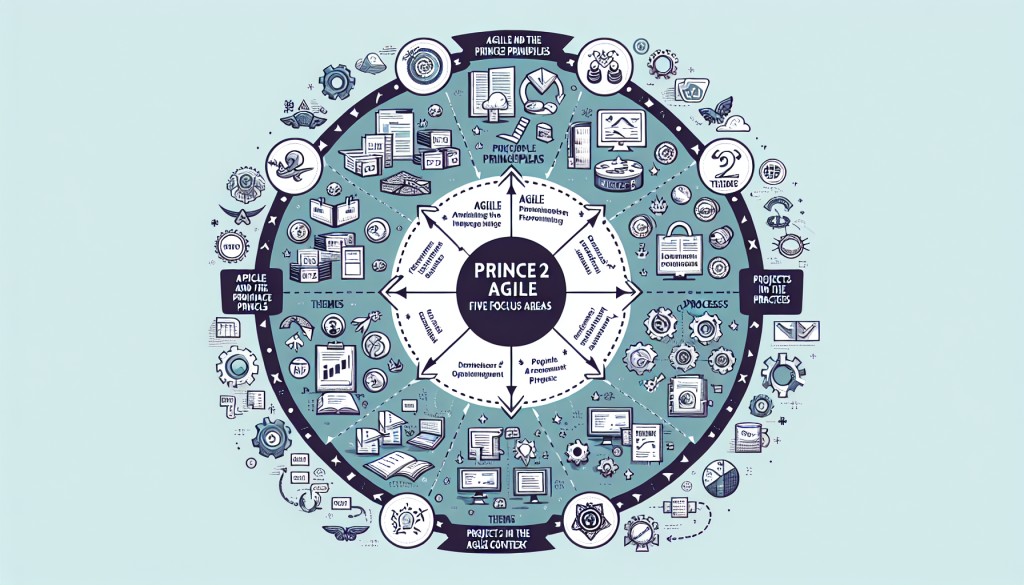In the world of project management, the Agile approach has become increasingly popular due to its flexibility and adaptability. However, there are certain pitfalls that organisations must be mindful of in order to ensure successful implementation. In this essay, we will explore seven critical mistakes to avoid in Agile project implementation.
The first mistake to avoid is failing to define clear project goals and objectives. Without a clear understanding of what the project is trying to achieve, teams can easily lose focus and direction, leading to wasted time and resources. It is crucial for organisations to establish SMART (Specific, Measurable, Achievable, Relevant, Time-bound) goals at the outset of the project to guide decision-making and keep everyone aligned.
Another common mistake is inadequate stakeholder engagement. In Agile projects, collaboration and communication are key components of success. It is essential for organisations to involve all relevant stakeholders from the beginning and keep them informed throughout the project lifecycle. Failure to do so can result in misunderstandings, delays, and ultimately project failure.
A third critical mistake is underestimating the importance of team dynamics. Agile projects rely on self-organising, cross-functional teams working together towards a common goal. It is essential for organisations to foster a culture of trust, transparency, and collaboration within their teams to ensure effective communication and problem-solving. Neglecting team dynamics can lead to conflict, poor morale, and decreased productivity.
The fourth mistake to avoid is inadequate planning and prioritisation. Agile projects require a flexible approach to planning, with an emphasis on iterative delivery and continuous improvement. However, this does not mean that planning is unnecessary. Unleashing the Potential of Agile Methodologies in Project Success . It is important for organisations to establish a clear roadmap, set priorities, and regularly review and adjust plans as needed to ensure successful project delivery.

A fifth critical mistake is lack of focus on quality. In Agile projects, there is often a temptation to prioritise speed and efficiency over quality. However, this can lead to technical debt, defects, and ultimately project failure. It is essential for organisations to maintain a focus on quality throughout the project lifecycle, conducting regular testing, code reviews, and refactoring to ensure a high-quality end product.
The sixth mistake to avoid is poor risk management. Agile projects are inherently unpredictable, with changing requirements, scope, and priorities. It is essential for organisations to identify and mitigate risks early on, establishing contingency plans and monitoring potential threats throughout the project lifecycle. Failure to manage risks effectively can result in project delays, budget overruns, and ultimately project failure.
Finally, a seventh critical mistake to avoid is a lack of continuous improvement. Agile projects are designed to be iterative, with a focus on learning and adapting as the project progresses. It is essential for organisations to regularly review and reflect on their processes, practices, and outcomes, identifying areas for improvement and implementing changes to drive continuous growth and success.
In conclusion, Agile project implementation offers organisations a flexible and adaptable approach to project management. However, there are critical mistakes that must be avoided to ensure successful project delivery. By defining clear goals, engaging stakeholders, fostering team dynamics, prioritising quality, managing risks, and focusing on continuous improvement, organisations can maximise the benefits of Agile and achieve their project objectives.